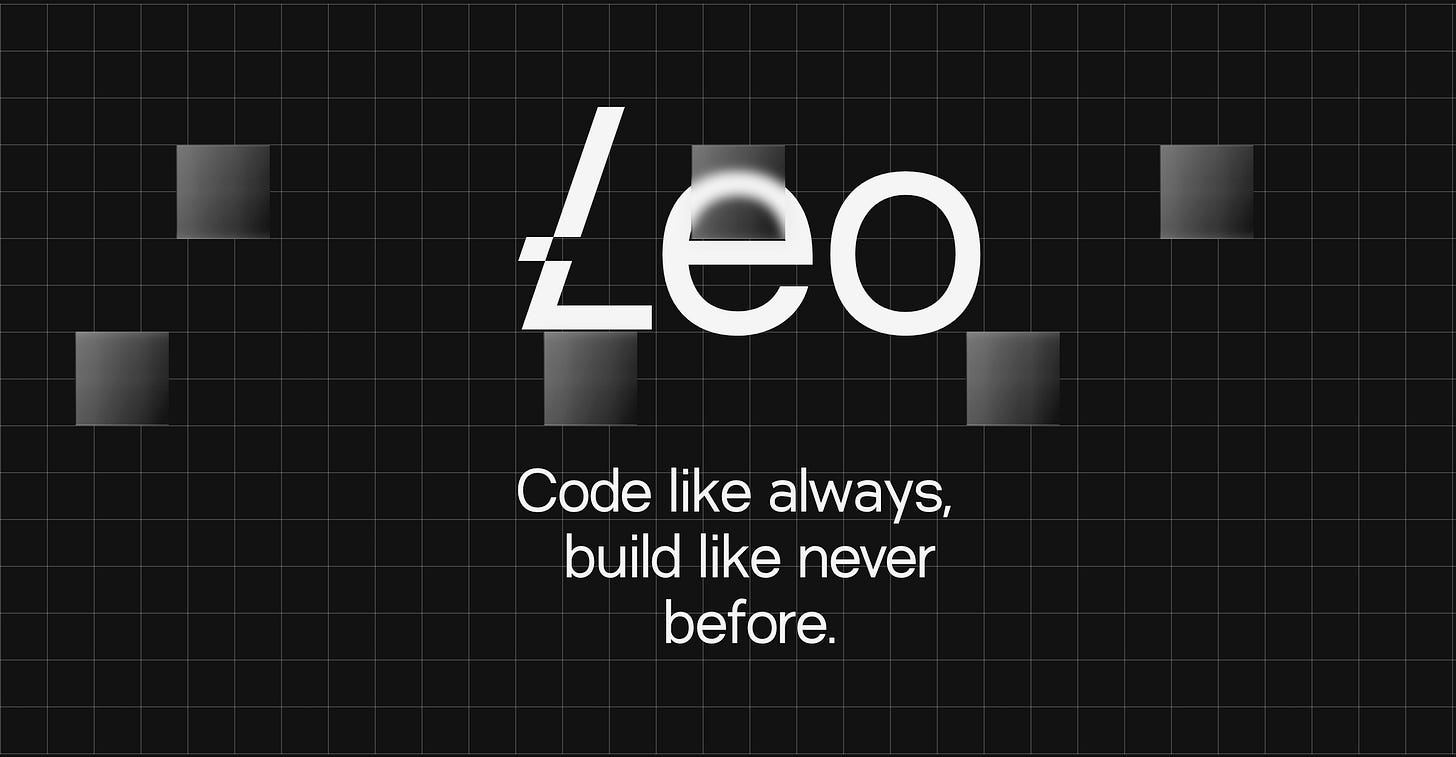EP90: How do SQL Joins Work?
This week’ system design refresher:
How Does Linux Boot Process Work? (Youtube video)
How do SQL Joins Work?
What are the differences between cookies and sessions?
How do DevOps, NoOps change the software development lifecycle (SDLC)?
Get paid to build full-stack Zero-Knowledge applications on Aleo (Sponsored)
Unlock the future of dApps with Aleo's Layer-1 blockchain, where zero-knowledge tech is baked in—not tacked on. Enjoy the best of both worlds: bulletproof privacy and scalable performance, no crypto PhD required. Our language, Leo, and web-friendly SDK make it a breeze to integrate.
Aleo has deployed over $1 Million in grants.
How Does Linux Boot Process Work?
How do SQL Joins Work?
The diagram below shows how 4 types of SQL joins work in detail.
INNER JOIN
Returns matching rows in both tables.LEFT JOIN
Returns all records from the left table, and the matching records from the right table.RIGHT JOIN
Returns all records from the right table, and the matching records from the left table.FULL OUTER JOIN
Returns all records where there is a match in either left or right table.
Latest articles
If you’re not a paid subscriber, here’s what you missed this month.
To receive all the full articles and support ByteByteGo, consider subscribing:
What are the differences between cookies and sessions?
The diagram below shows how they work.
Cookies and sessions are both used to carry user information over HTTP requests, including user login status, user permissions, etc.
Cookies
Cookies typically have size limits (4KB). They carry small pieces of information and are stored on the users’ devices. Cookies are sent with each subsequent user request. Users can choose to ban cookies in their browsers.Sessions
Unlike cookies, sessions are created and stored on the server side. There is usually a unique session ID generated on the server, which is attached to a specific user session. This session ID is returned to the client side in a cookie. Sessions can hold larger amounts of data. Since the session data is not directly accessed by the client, the session offers more security.
How do DevOps, NoOps change the software development lifecycle (SDLC)?
The diagram below compares traditional SDLC, DevOps and NoOps.
In a traditional software development, code, build, test, release and monitoring are siloed functions. Each stage works independently and hands over to the next stage.
DevOps, on the other hand, encourages continuous development and collaboration between developers and operations. This shortens the overall life cycle and provides continuous software delivery.
NoOps is a newer concept with the development of serverless computing. Since we can architect the system using FaaS (Function-as-a-Service) and BaaS (Backend-as-a-Service), the cloud service providers can take care of most operations tasks. The developers can focus on feature development and automate operations tasks.
NoOps is a pragmatic and effective methodology for startups or smaller-scale applications, which moves shortens the SDLC even more than DevOps.







Is that "how SQL joins work" or just definitions of what they are? I was expecting a more under the hood "reference implementation" kind of explanation.
In the sessions flow diagram, shouldn’t the server verify the session before returning the resource? Basically step 4. Resource should be step 6 right?